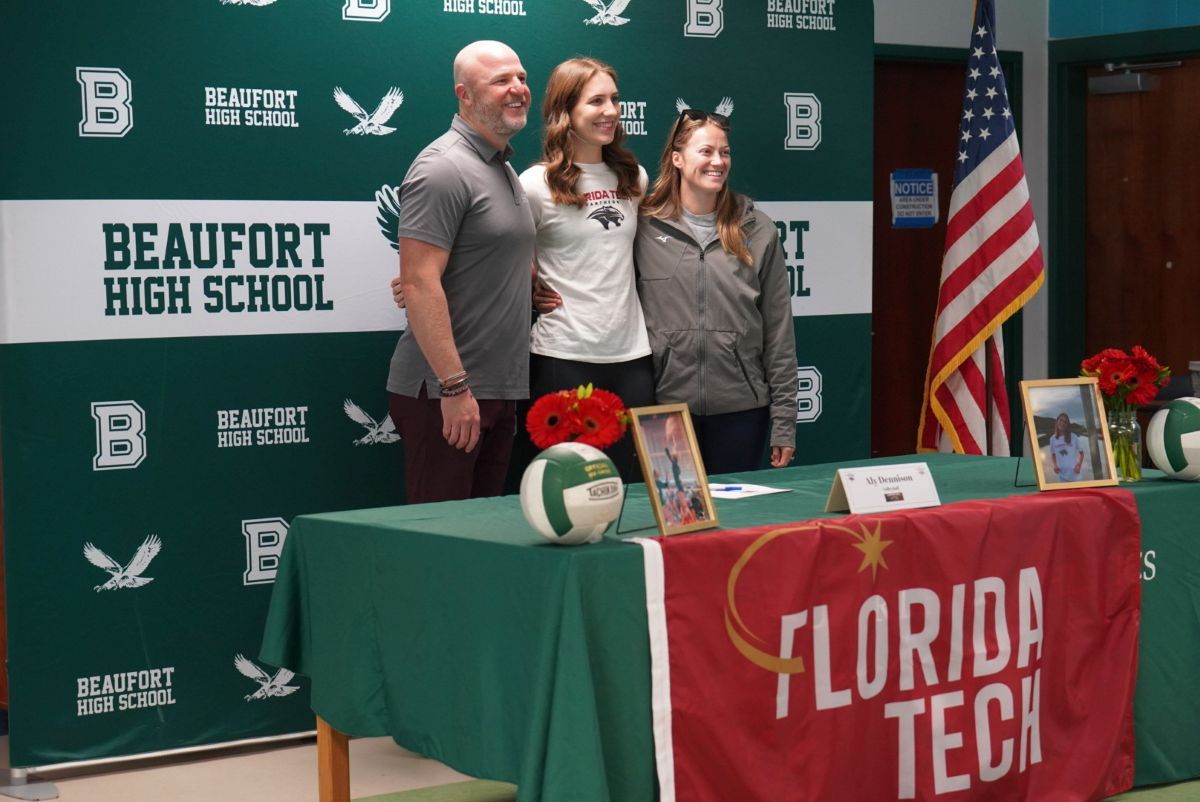This week I had a question from a 100%-service-connected disabled veteran and his son on VA housing assistance and disability housing grants. The veteran is a senior and an amputee, and his son is his primary care giver.
Because of their need for information, I decided to write this week’s and next week’s articles on disability housing grants.
Warning
One warning before you decide to file for a Disability Housing Grant. The application and appeal (if you need to appeal a VA decision) processes are complicated. There are dozens of VA websites, guidebooks, videos, and fact sheets available on Disability Housing Grants and appeals. This is one area where veterans need the help of a VA-accredited Representative (a Veterans Service Officer, Attorney, or Claims Agent).
According to the Veterans Benefits Administration (VBA) Disability Housing Grants For Veterans webpage https://www.va.gov/ housing-assistance/disability-housing-grants/, the VA offers housing grants for veterans and service members with certain service-connected disabilities so that the veteran can buy or change a home to meet their needs and live more independently. Changing a home might involve installing ramps or widening doorways.
Specially Adapted Housing (SAH) eligibility for a veteran’s permanent home
Veterans may be able to get a Specially Adapted Housing (SAH) grant if they use the grant money to buy, build, or change their permanent home (a home the veteran plans to live in for a long time) and the veteran meets both of these requirements.
The veteran owns or will own the home, and …
The veteran has a qualifying service-connected disability
Qualifying service-connected disabilities include:
The loss or loss of use of more than one limb.
The loss or loss of use of a lower leg along with the residuals (lasting effects) of an organic (natural) disease or injury.
Blindness in both eyes (with 20/200 visual acuity or less).
Certain severe burns.
The loss, or loss of use, of one lower extremity (foot or leg) after September 11, 2001, which makes it so the veteran cannot balance or walk without the help of braces, crutches, canes, or a wheelchair. Only 120 Veterans and service members each fiscal year (FY) can qualify for a grant based on the loss of one extremity after September 11, 2001, as set by Congress. A fiscal year runs from October 1 through September 30. If a veteran qualifies for a grant in the current fiscal year but they can’t receive it because of the 120-grant limit, the veteran may be able to receive this benefit in future years.
Grant Type 1 – Specially Adapted Housing (SAH) Grant Funding Limit for a veteran’s permanent home
If a veteran qualifies for an SAH grant, they can get up to $109,986.00 for Fiscal Year (FY) 2023. This is the current total maximum amount allowed for SAH grants.
Grant Type 2 – Special Home Adaptation (SHA) Grant for a veteran’s premanent home
Veterans may be able to get an SHA grant if they use the grant money to buy, build, or change their permanent home (a home the veteran plans to live in for a long time) and the veteran meets both of these requirements:
The veteran or a family member own or will own the home, and …
The veteran has a qualifying service-connected disability.
Qualifying service-connected disabilities include:
The loss or loss of use of both hands.
Certain severe burns.
Certain respiratory or breathing injuries.
Special Home Adaptation (SHA) Grant Funding Limit for a veteran’s permanent home
If a veteran qualifies for an SHA grant, he or she can get up to $22,036.00 for FY 2023. This is the current total maximum amount allowed for SHA grants.
Veterans do not have to use the Total Grant Amount this year
If a veteran is eligible for an SAH or SHA grant, they can use money from their grant up to six different times over their lifetime.
Depending on the adaptations the veteran needs, and the bid from the veteran’s builder, the veteran can use as much or as little of their grant as they need this year. If a veteran does not use the full amount, they can use more money from the grant in future years.
The VA may adjust the total maximum amount each year based on the cost of construction. A veteran may receive up to the current total maximum amount for the last year the veteran uses the grant.
Grant Eligibility for a temporary home
Veterans may be able to get a Temporary Residence Adaptation (TRA) grant if he or she meets both of these requirements.
The veteran qualifies for an SAH or SHA grant, and …
The veteran is living temporarily in a family member’s home that needs changes to meet their needs. (To use a TRA grant, you don’t have to own the house.)
Learn about eligibility for SAH or SHA grants at http://bit.ly/3YNXleK.
Grant Type 3 – Specially Adapted Housing (SAH) Grant Funding Limit for a veteran’s temporary home
If a veteran qualifies for an SAH grant, the veteran can get up to $44,299 through the TRA grant program for FY 2023.
Grant Type 4 – Special Home Adaptation (SHA) Grant for a veteran’s temporary home
If a veteran qualifies for an SHA grant, the veteran can get up to $7,910 through the TRA grant program for FY 2023.
Next week’s article will cover how to apply for an SAH or SHA grant, using a VSO, and other resources. You can read more than 100 articles on veterans’ benefits written by Larry Dandridge and published in The Island News at www.yourislandnews.com.
Larry Dandridge is a Vietnam War wounded warrior, disabled veteran, ex-Enlisted Infantryman, ex-Warrant Officer Pilot, and retired Lt. Colonel. He is a past Veterans Service Officer, a Patient Adviser at the RHJ VA Hospital, the Fisher House Charleston Good Will Ambassador, and the VP for Veteran Affairs for the local Army Association Chapter. Larry is the author of the award-winning book Blades of Thunder and a contributing freelance writer with The Island News. Contact him at LDandridge@earthlink.net or 843-276-7164.










